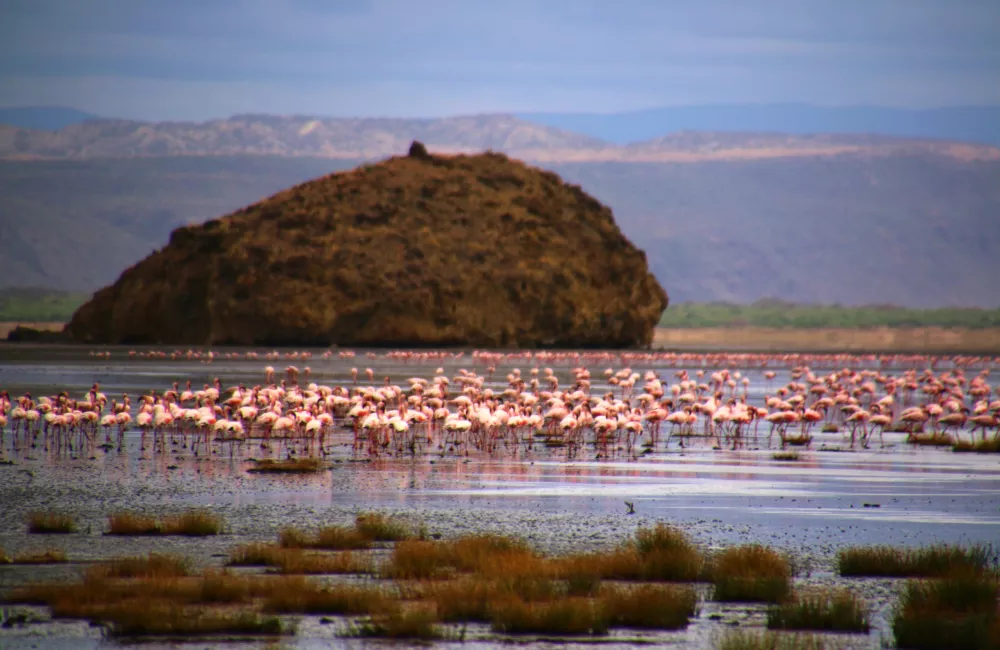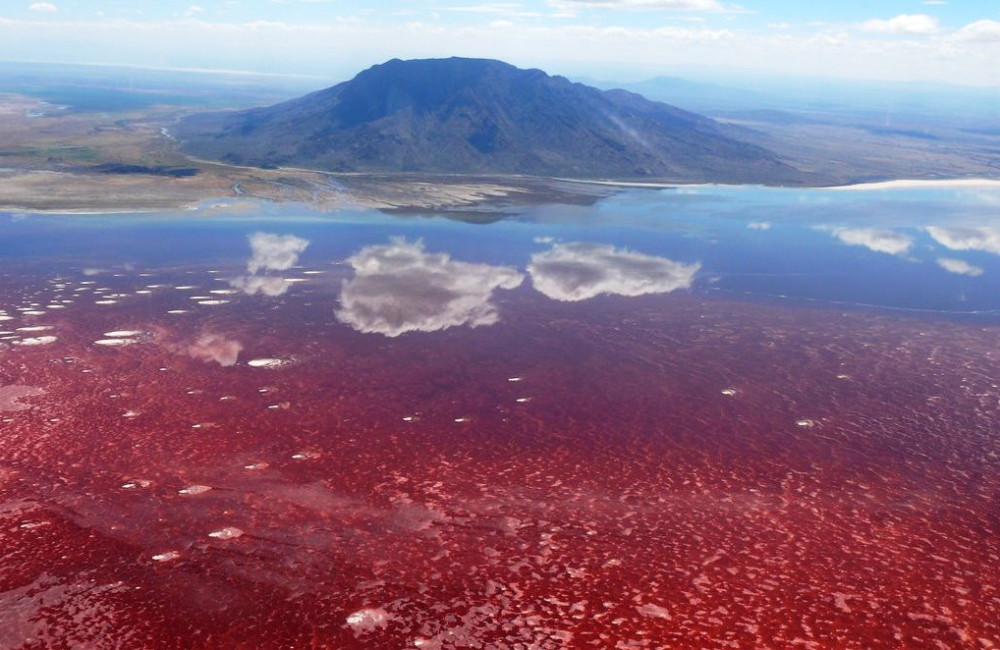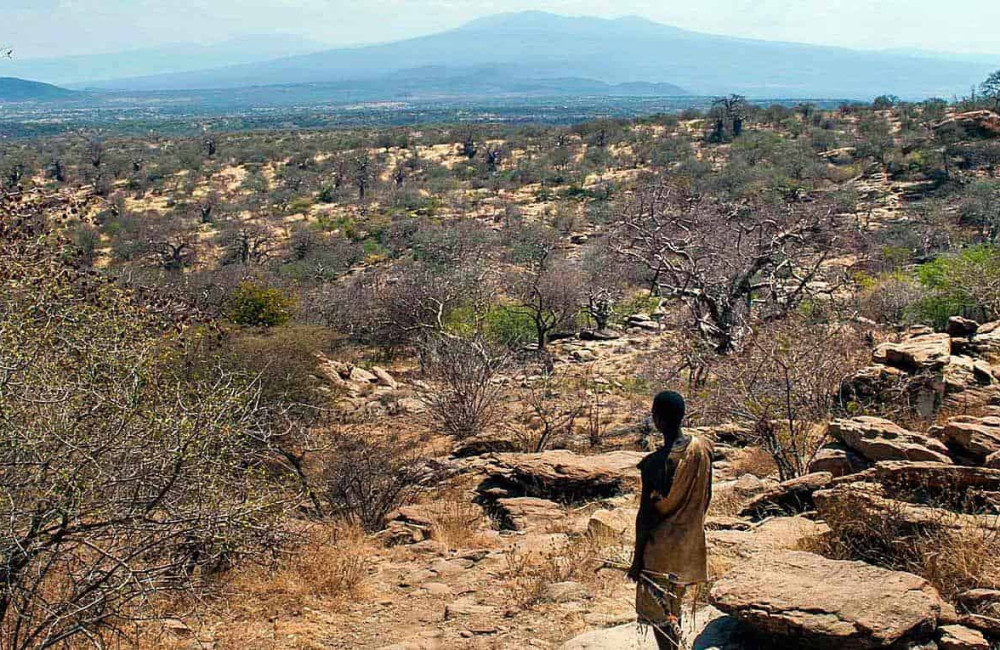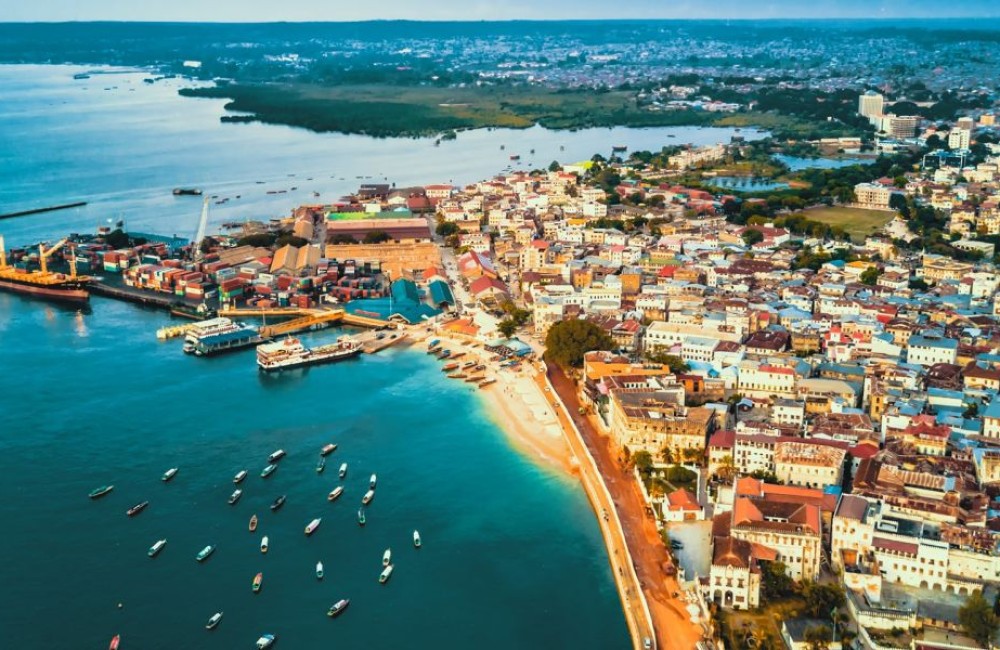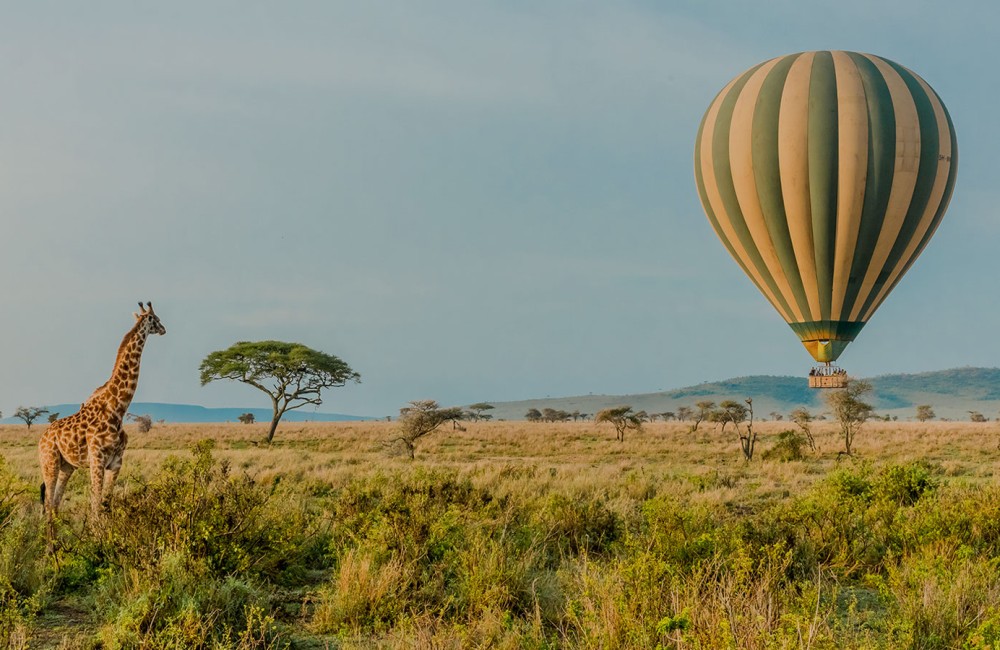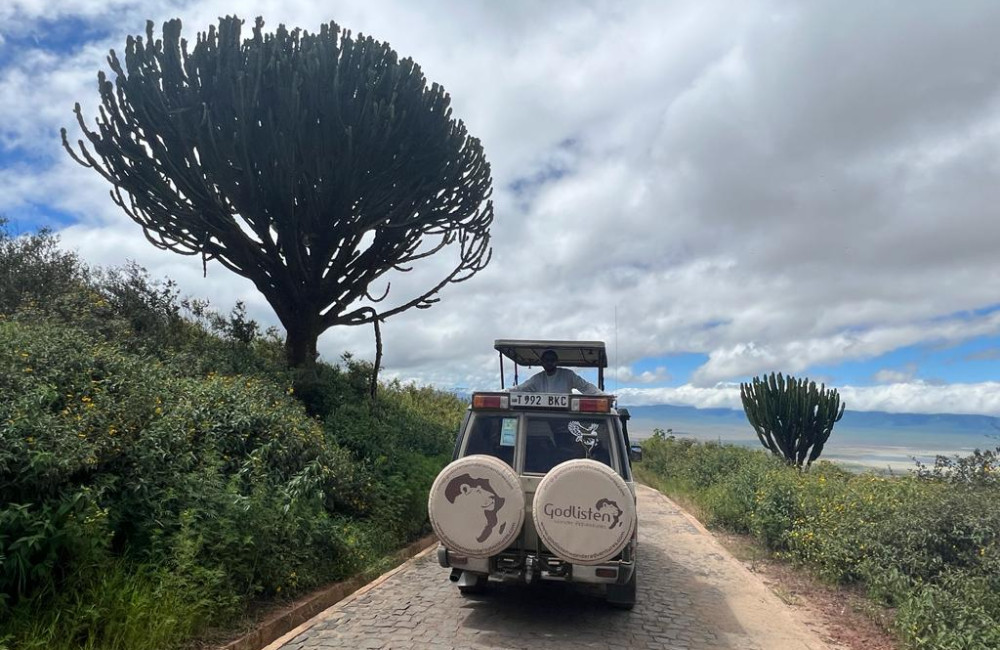Lake Natron trips. known for breeding millions of flamingos. Tanzania’s volcano destination tour, landscapes, an original culture, and many activities
Lake Natron is a unique place in Tanzania. The famous mountain of God (Ol Doinyo Lengai) to landscape, Gregory Rift, the eastern branch of the East African Rift, waterfalls, authentic Maasai village, and the beautiful lake, which is the breeding site for thousands of Flamingos in Africa (75% of the world population are hatched at the lake).
The place is located in northern Tanzania, on the border with the Serengeti, Ngorongoro, and Kenya, and has an area of 1.040 square kilometers. The fascinating lunar environment of Lake Natron invites you to explore.
Why does Lake Natron change color?
Lake Natron is a mineral-rich soda lake that has halophilic organisms, including some cyanobacteria that, like plants, produce their food through photosynthesis.
The red pigment in those cyanobacteria produces the deep red colors of the lake’s waters and the orange colors in the shallow areas. So, the actual color derives from salt-loving microorganisms that thrive in its alkaline waters.
Animals at Lake Natron
There is good game viewing and birding in this harsh landscape with dry country species such as gerenuk, lesser kudu, wildebeest, zebras, and giraffes. Between August and October, millions of lesser flamingos flock to Natron Lake for breeding.
Lake Natron Facts
- The lake lies at the foot of Ol Doinyo Lengai, an active volcano.
- 2,5 million flamingos come here annually to breed.
- Lake Natron has the largest flamingo migration in the world.
- The water temperature is between 40 and 60 °C.
- The lake type is salt; it is 57 kilometers long, 22 kilometers wide, and no more than 3 meters deep.
- Special bacteria and blue algae thrive in this environment and form an ideal breeding ground for birds.
- There is a fish called tilapia that alone can survive in the alkaline waters.
- The alkalinity of the lake can reach a pH level of more than 12.
